




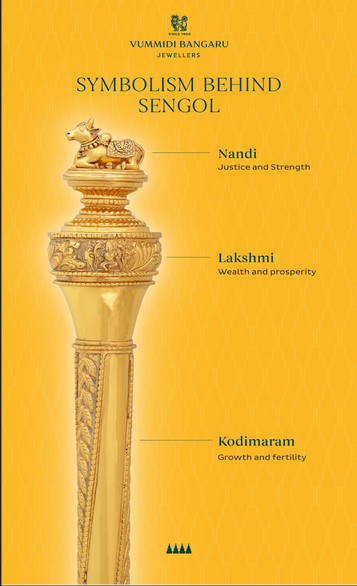
The design of the Sengol is based on the traditional Tamil sceptre, which is a symbol of power and authority. The Sengol is made of gold and silver, which are considered to be precious metals in Hindu tradition.
Nandi: The top of the Sengol is adorned with a statue of a Nandi, which is a sacred animal in Hinduism. The Nandi represents dharma, which is the Hindu concept of Justice.
Goddess Lakshmi: The second layer is engraved with the image of the goddess Lakshmi, the Hindu goddess of wealth and prosperity. Her presence is meant to bring financial success and good luck.
Kodimaram: The stem is engraved with the image of kodimaram, a sacred tree that is associated with the Hindu god Vishnu. Kodimaram is a symbol of growth and fertility.
Together, the three layers of the Sengol represent the three pillars of a successful life: justice, wealth, and growth.
In a pivotal moment in history, Lord Mountbatten sought guidance from Pandit Jawaharlal Nehru for the symbolic action of the transfer of power to India in 1947. Pandit Jawaharlal Nehru, in turn, consulted Shri C. Rajagopalachari, who delved into the history and civilisation of the land, drawing inspiration from the Chola kings and finding an answer.
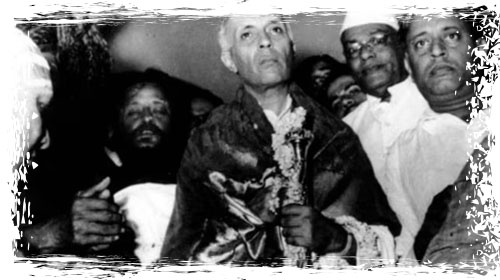

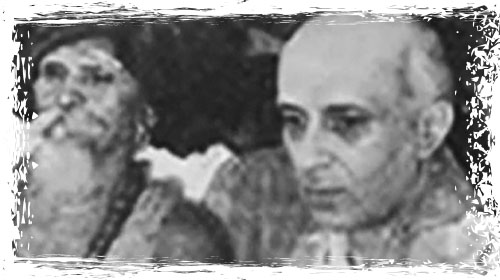
The Adheenams, a non-brahmin Saivite order, have a long history of over 500 years. They were called upon by Shri Rajagolachari in 1947 to bless and oversee the transfer of power to Indian hands, leading to their visit to Delhi.

Tamil poet St Thirugnanasambandar’s Kolaru Padhigam was recited during the transfer of power in 1947, symbolising blessings. The verse is believed to have significance in overcoming difficulties.
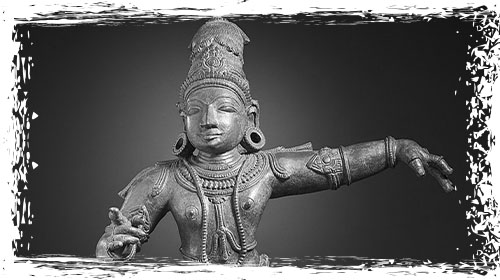

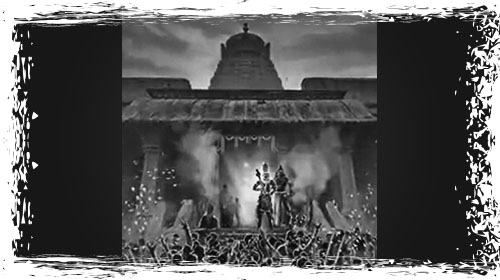
The transfer of power from one Chola king to their successor was symbolised by the Sengol, a potent emblem that later became associated with India's independence in August 1947. The Cholas were a prominent dynasty in the Indian subcontinent and held power for an extensive period. Their rule extended across different regions until the 13th century CE.

Adorned with a magnificent Nandi and hand-crafted by the trusted jeweller Vummidi Bangaru Chetty, the Sengol was ordered by the Adheenam as a symbol of just rule. It was entrusted to Pandit Jawaharlal Nehru in 1947, representing the transfer of power.
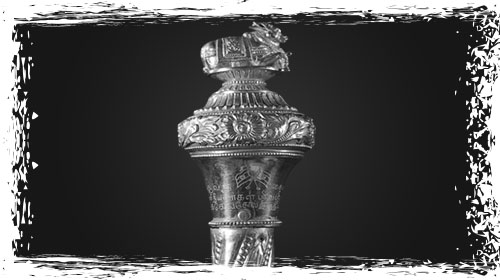

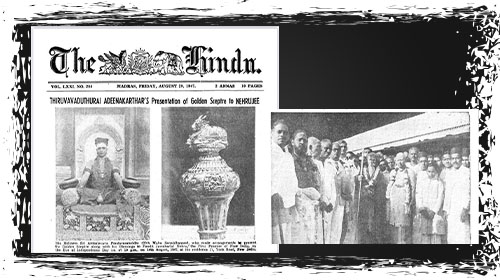
Media reports captured the historic transfer of power, garnering widespread attention both locally and globally, emphasising the significance of the moment.

The Sengol, once concealed, emerged again and was brought to light on August 15, 1978, by the profound recollections of the revered Maha Periava. The nation showed gratitude for his cherished remembrance of that historic occasion.
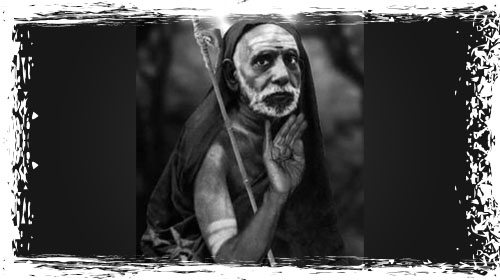

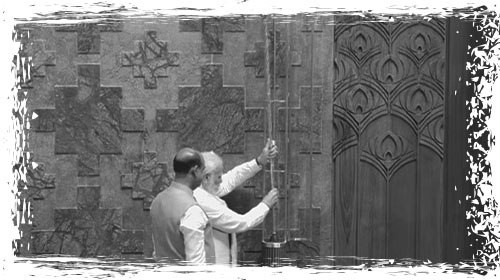
Symbols hold great significance, as they carry deep meanings and remain relevant over time. They provide a sense of something special to cherish, like the Sengol symbol, representing the transfer of power to Indian hands.

We are a renowned jewellery store based in Chennai, India. Vummidi Bangaru Jewellers was established in 1900 and has since we have gained a reputation for our elegant and magnificent jewellery. Vummidi Bangaru Jewellers takes pride in preserving India's cultural heritage and is known for its focus on South Indian culture.
As a family-owned business, Vummidi Bangaru Jewellers has been passed down for generations, contributing to its long-standing presence in the jewellery industry. We are one of the most trusted jewellery, known for our commitment to quality and craftsmanship.
With our rich heritage and unwavering commitment to quality, we now take immense pride in extending our legacy to the esteemed Naya Sansad Bhavan, the new parliament. The meticulously crafted Sengol stands as a symbol of our exquisite craftsmanship and unwavering dedication to preserving India's cultural heritage.
The Sengol was skillfully created by Vummidi Ethiraju, hailing from the esteemed Vummidi Bangaru Chetty family.
All these years, the Sengol was kept in the Nehru Gallery of the Allahabad Museum in Prayagraj, India.
The Sengol was successfully installed in the new Parliament building, Naya Sansad Bhavan, on May 28, 2023.
Pandit Jawaharlal Nehru consulted Shri C. Rajagopalachari, who was a prominent Indian politician and independence activist. Pandit Jawaharlal Nehru sought his advice and insights into the historical and cultural aspects of India in order to find inspiration for the symbolic action.
© 2025 Vummidi Bangaru Jewellers. All rights reserved.
Prices subject to change without notice.
© 2025 Vummidi Bangaru Jewellers. All rights reserved. Prices subject to change without notice.